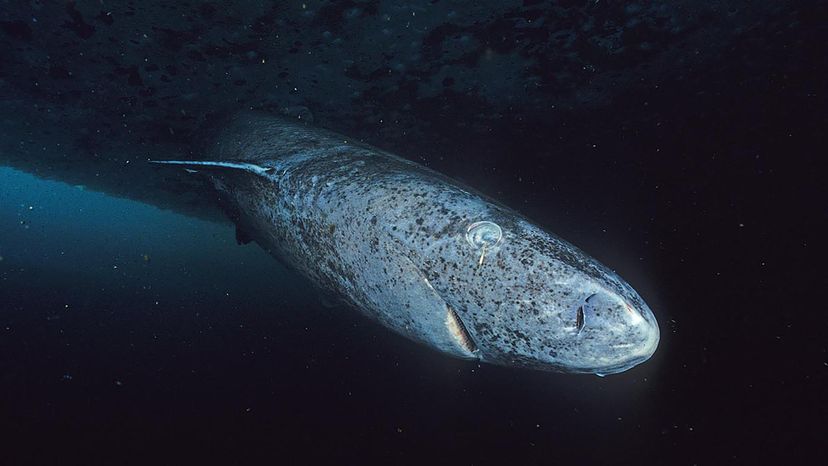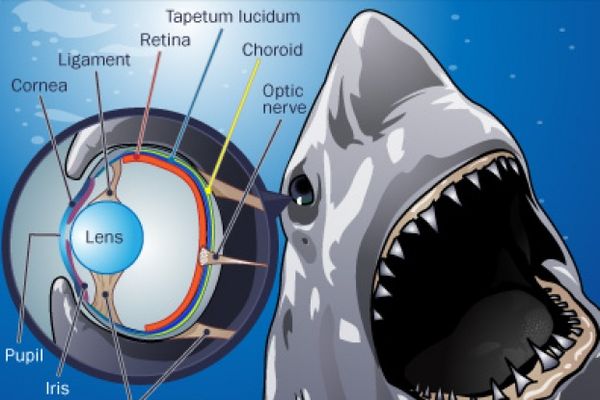
Key Takeaways
- Greenland sharks are the longest-living vertebrates, with lifespans of up to 400 years.
- They grow slowly, about 0.4 inches (1 cm) per year, reaching lengths of up to 24 feet (7.3 meters) and weights of up to 2,645 pounds (1,200 kg).
- These sharks live in deep, cold waters and are mostly scavengers, feeding on animal carcasses that fall to the ocean floor.
They may not have their own cult classic movie like the infamous great white shark, but the equally massive Greenland shark (Somniosus microcephalus) holds a pretty impressive record: They're the longest-living vertebrate known to science. It's estimated they can live up to approximately 400 years, beating out the former record-holder — a species of bowhead whale — that can live up to 211 years. A Greenland shark, alive today, could have been swimming in the deep in the 1600s. Wow.
Despite having been around for, well, what seems like forever, the Greenland shark was only recently recognized as the longest-living vertebrate because scientists have been stumped for centuries about how to determine their age. Other sharks (and most vertebrates) have hardened spines that form growth rings — similar to what occurs inside a tree — which can be counted to determine how long the sharp-tooth beast has been roaming the seas. But the Greenland shark lacks hard tissue, making age measurement nearly impossible — that is, until the recent intersection of Danish scientists, human cadavers and a dash of murder mystery.
Advertisement
Advertisement


